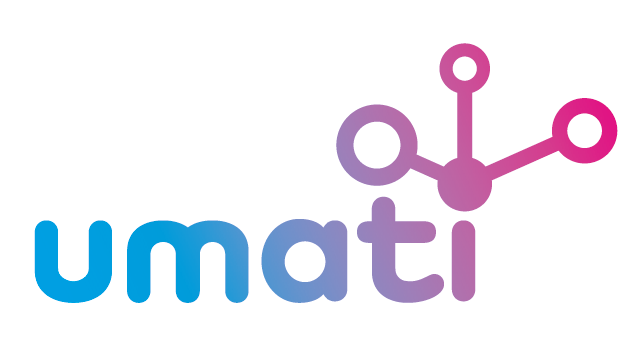The VDMA OPC Robotics Initiative was established in 2017 to bring together robot manufacturers with the aim of discussing and developing a common, usable, future-proof interface for industrial robots. OPC UA was identified as the obvious choice for the creation of such a standard since it provides feature-rich standardized mechanisms to describe vendor-independent interfaces supported by a strong information model.
As a joint working group, the initiative is organized by VDMA Robotics + Automation and supported by the OPC Foundation. Over the last years, the core working group of this initiative, a group of experts from 14 companies, have developed Part 1 of the VDMA OPC Robotics Companion Specification. Part 1 is the first step in the gradual design-in towards a fully connected Industrial Internet of Things (IIoT). It enables vertical provisioning of information from the lower (Sensor/Actuator) to the higher (Control, SCADA, MES, Cloud) levels of the automation pyramid.
